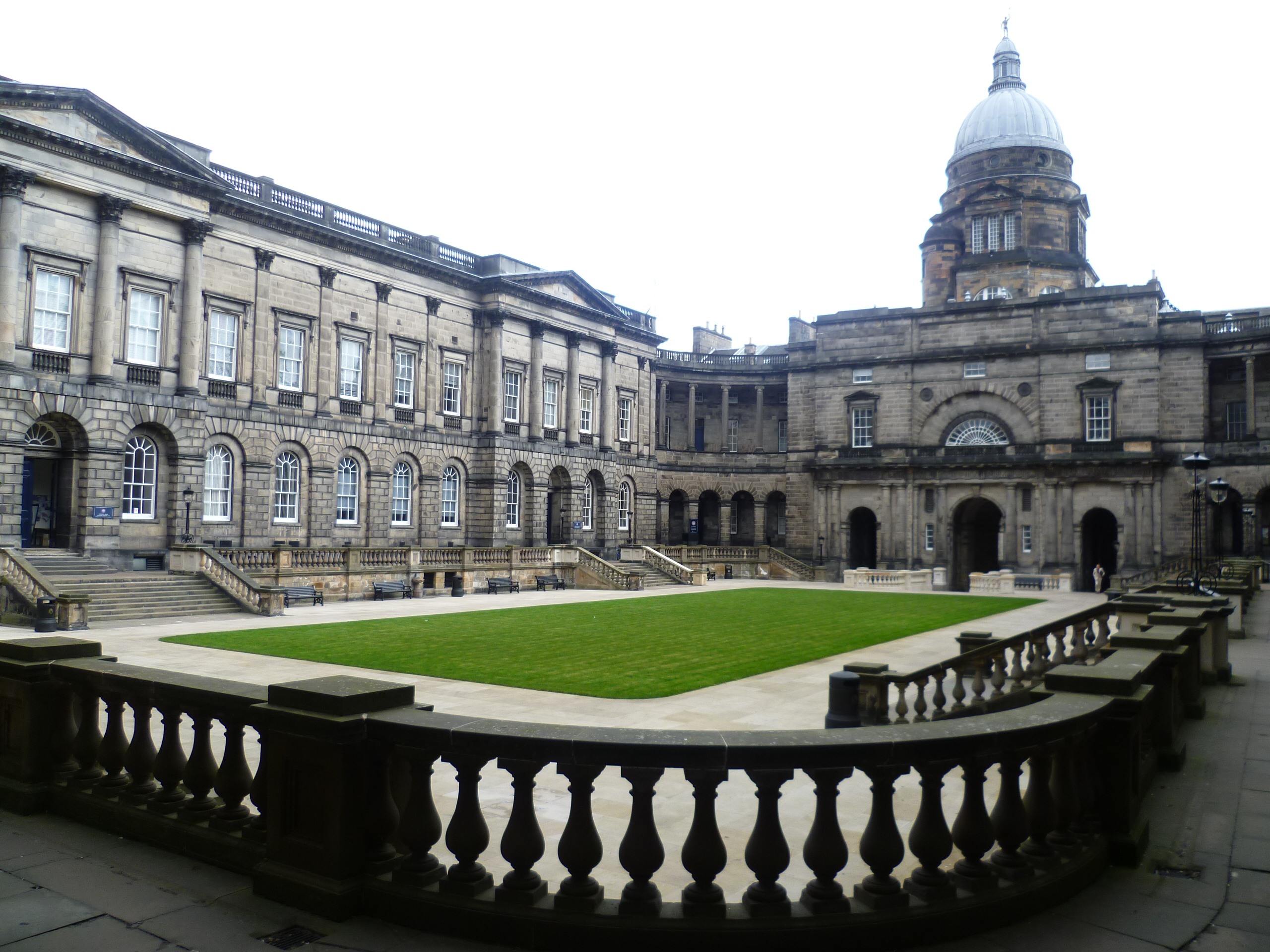The adoption of anonymous marking has had a brief but important history in the battle against racial discrimination within UK universities. In 1999, the National Union of Students (NUS) called on its members to lobby universities to change their marking system: randomised numbers rather than candidates’ names. This demand stemmed from an NUS study that made headlines for revealing marking biases at universities.
The research proved students were victims of racial bias in their coursework and exam results. For example, the data showed that Asian students studying a particular course at the University of Glasgow Dental School represented 80 per cent of those who failed, despite comprising 20 per cent of those enrolled.
Fourteen years later, Edinburgh University Students Association answered the call of the NUS, demanding a complete and uniform anonymous marking policy. A motion passed by the Welfare Council in 2013 demanded the “full implementation of anonymous marking at the university”. All provided evidence was from NUS data.
The university eventually met some of the Students’ Association’s demands. All written exams are now anonymously marked and moderated. Anonymous marking is also in the University’s Taught Assessment Regulations, which sets the minimum academic requirements for all staff and students. Section 32 reads “assessed work must be marked anonymously when possible.”
At present, schools vary in the level of anonymity in marking students’ coursework. Generally, the College of Arts and Social Sciences has implemented anonymous marking across the board. In contrast, Stephen Warrington, Director of Teaching at the School of Engineering, admits very little of the coursework in the School of Engineering is anonymously marked, but that they are looking towards implementing anonymous marking for the 2018/2019 academic year.
At first, the variation between schools appears concerning. But it’s important to remember the system is changing, albeit slowly. What is not changing, however, is the result gap between students of a minority ethnic background, and their white peers.
In 2017, researchers David P Hinton and Helen Hingson conducted a large scale study into the effectiveness of anonymous marking in reducing group performance differences in higher education. Hinton and Hingson analysed the marks of over 30,000 different students over a twelve year period before and after the implementation of anonymous marking.
The results were surprising: anonymous marking mechanisms, at least for the modern student population, did little to eliminate ethnic differences. Students from a minority ethnic background were still receiving lower grades than their white counterparts – although the grades were on average higher (a finding they attribute to the general improvement in the quality of education).
Nonetheless, Hinton and Hingson view the results optimistically. They claim that practically, the mark difference is not steep. However it’s still concerning that even with a range of controlled factors, such as gender and socio-economic upbringing, there still exists an evident racial divide between students.
Are white students just more studious than others? It would be reductive to claim this. It would also be unwise to claim that the ineffectiveness of anonymous marking, in this case, means racism in higher education has disappeared. Rather the results of this study suggest that the function of racism in higher education has changed. It has moved away from the implicit marking bias we once knew and understood and into something harder to define.
A recent Atlantic article describes how the stress of racism, from broader social contexts, is a key factor in students’ learning in North America. This thesis correlates well with a study published in 2016 that links race-based social stress and disparities in educational outcomes. Another Atlantic article pinpoints the effect of “whiteness” in the study of mathematics.
The possible explanations for the race-education disparity are thereby endless, and potentially very contextual – after all, university is only a reflection of wider society. But a refocus from anonymous marking, and into other mechanisms, is at least a start.
Image: Kim Traynor via wikimedia

